In this blog series, we examine the opportunities for Africa and the U.S. to establish robust partnerships that can provide the U.S. with processed critical minerals and offer Africa new pathways for sustainable development. In this second blog of the series, we discuss the actions Africa can take to better position itself in a highly competitive global landscape for critical minerals.
Recently, we have reviewed and assessed various global experiences and opportunities of the African continent to better leverage the region’s enormous critical mineral reserves. African, American, and global experts provided practical perspectives in two Africa Growth Initiative roundtables organized in recent months. Their insights were invaluable in shaping the following recommendations.
African critical minerals have been tapped by countries like China, which controls about 8% of the mining sector and processes the majority of the global production of critical minerals, and has been courted by many other countries. With few exceptions, the United States is absent from the African mining sector. This presents a significant opportunity for Africa to establish a strategic partnership with the U.S. in the critical minerals sector.
Why Africa? Why now?
With an expanded program of geological exploration, the current estimate of Africa’s reserves of critical minerals at 30% may be larger. However, the opportunity for Africa lies not only in the mining of these resources, but also in moving up the value chain. For example, in May 2025, a metric ton of raw bauxite ranges from $32 to $79, but processed aluminum is priced at over $2,400. While Africa has not made significant advances in the mineral processing value chain over the last two decades, it now has the opportunity to do so. And the December 2024 African Union Green Minerals Strategy presents a clear path towards “ensuring that mineral wealth translates into broad-based socio-economic Development.”
Furthermore, there is a compelling opportunity for the region to integrate investments in mining, infrastructure, and energy. The profits of the mining sector can incentivize governments to develop energy infrastructure that can also benefit new industries and households. They can also attract financing for the development of transport networks, as seen with the Lobito Corridor project. This ambitious railway construction venture will soon connect the mineral-rich southern provinces of the Democratic Republic of the Congo to Angola’s Atlantic coastline via Zambia. Together with Africa’s young and ambitious population, these opportunities can positively transform African economies and societies.
What can African countries do to become an attractive destination for critical minerals investments?
Africa cannot simply rely on its critical minerals reserves as a comparative advantage. We propose five recommendations for African governments and the private sector to capitalize on this unique geopolitical moment and tap into the enormous needs for processed critical minerals today and in the coming decades.
First, speed is of the essence. The average global time to bring new mines into operation has increased to 18 years. Africa needs to demonstrate that it can significantly reduce its lead times to gain an advantage over other jurisdictions. Streamlining processes without compromising quality, accelerating decision-making, and consolidating coordination in a single focal point at the highest level (the president’s or prime minister’s office) are all necessary to make African mining more attractive. A high-level coordinator—or “czar”—is needed for a whole-of-government approach that simplifies the points of entry for engagement and negotiation of specific deals. This proposal surpasses the single-window processes established in some countries. While useful, the urgency of the moment necessitates a higher level of engagement, as highlighted by the African Union.
Second, the African offer to investors cannot be limited to the mining sector. Integrated investment programs of mining, transport infrastructure, energy, and industrial parks can be more attractive. For this reason, the coordination role of the proposed “czar” cannot be limited to the mining sector. African countries need to establish robust platforms that seamlessly integrate investment opportunities with specific permitting, land acquisition, and approval processes.
Third, African countries need strong partners to help negotiate the best terms. Regional development banks and the World Bank Group can collaborate with national development banks and sovereign wealth funds to provide robust technical advice, capacity building, and medium-term integrated plans for mining-infrastructure-energy action. African countries also need complementary policies and programs to scale up job generation opportunities in these sectors and in new businesses that leverage the new infrastructure.
Fourth, the African private sector must be at the table. Mining operations and ancillary infrastructure projects can serve as a springboard for a wide range of local suppliers and downstream value chain companies—including small and medium-sized enterprises (SMEs) and larger enterprises—to enhance their performance and meet the standards required by global mining and infrastructure companies. An African Development Bank evaluation of the value chains for rare earth elements shows that the investment requirements can be as low as $10 million, a level that opens opportunities for local investors to establish a track record in this area. Larger companies could gradually be part of the more complex aspects of the value chain.
Fifth, African countries can grow the critical minerals sector—mining and processing—and its ancillary infrastructure and related businesses without compromising on environmental or social protection. Taking shortcuts in these areas can have harmful effects on the natural environment and the livelihoods of surrounding communities. The long-term success and social license of mines and infrastructure concessions to operate depend on strong and transparent institutional and governance actions. African countries may consider appointing a high-level national coordinator to oversee governance, social issues, and environmental matters. This high-level coordinator would be responsible for issues ranging from civil society and community engagement, disclosure and transparency actions, campaigns against child labor exploitation, labor conditions, environmental protection, and security issues.
The regional dimension
The race for critical minerals is a global and intense competition. Countries with good infrastructure and a long tradition of stable institutional governance have an advantage. Recent international trends are shifting towards efficient, practical, and transactional engagements. African countries can use the current global landscape and critical minerals needs to their advantage. The five recommendations presented in this blog, as well as several others in our upcoming Africa Growth Initiative paper, can aid in this journey.
In our upcoming blog—the third in the series—we will analyze the regional dimension that African countries should consider when developing regional markets, leveraging the African Continental Free Trade Agreement (AfCFTA), combining infrastructure and energy projects across borders to increase attractiveness to international investors, and developing job opportunities with a regional perspective.
The Brookings Institution is committed to quality, independence, and impact.
We are supported by a diverse array of funders. In line with our values and policies, each Brookings publication represents the sole views of its author(s).
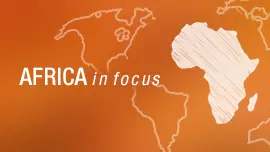


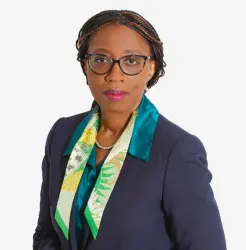

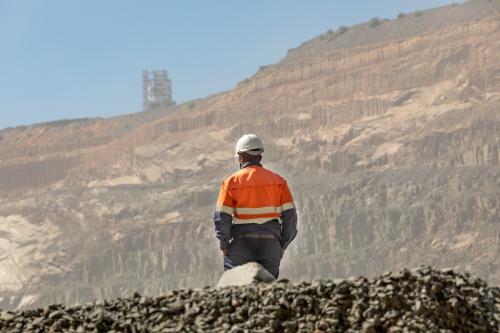
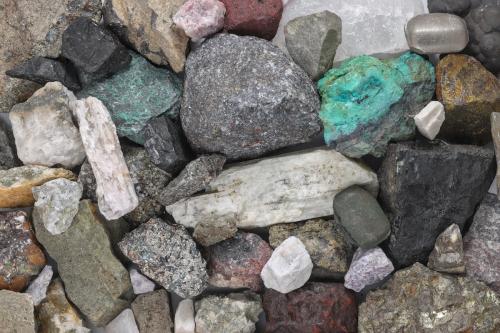


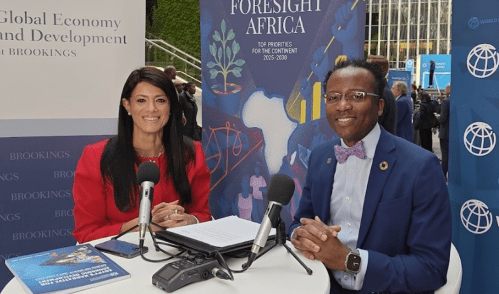
Commentary
Africa can be in pole position for the critical minerals race
September 24, 2025